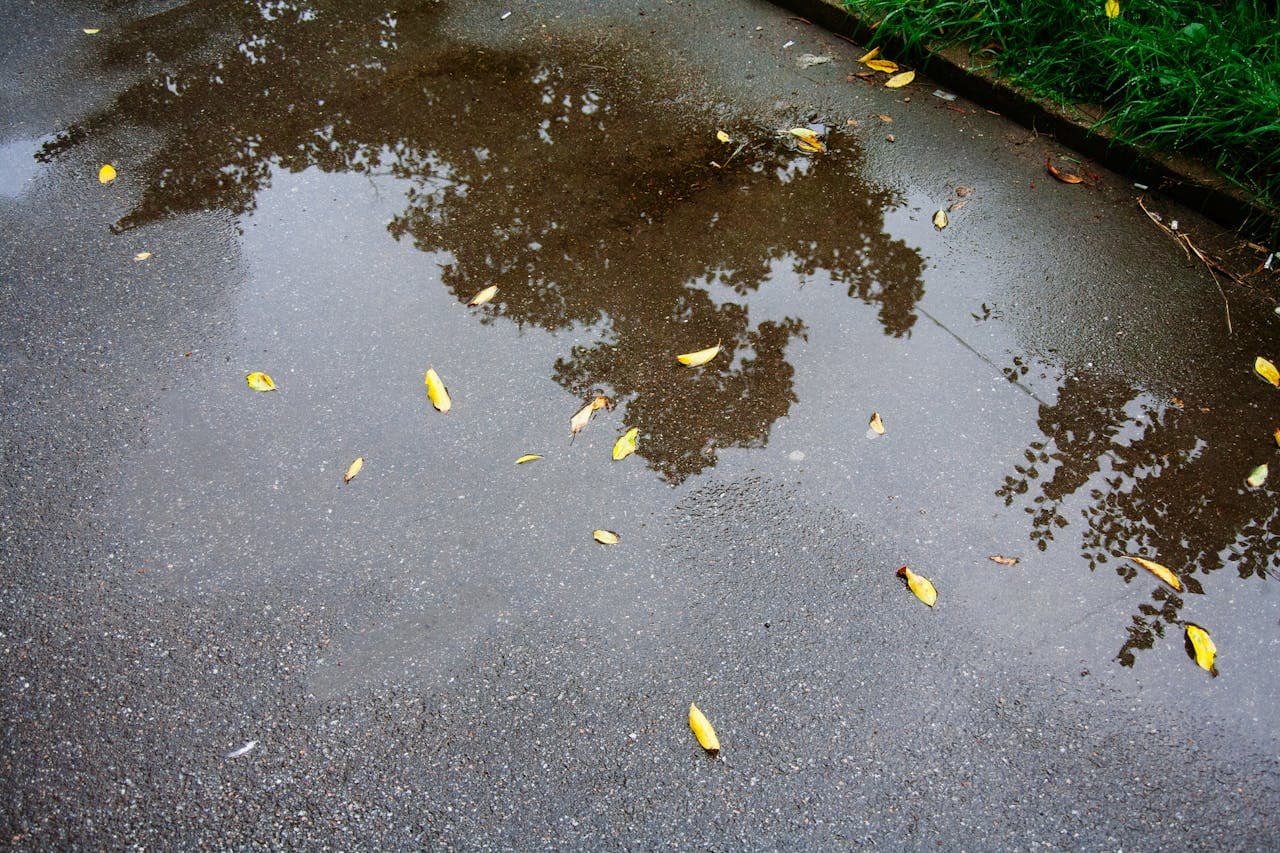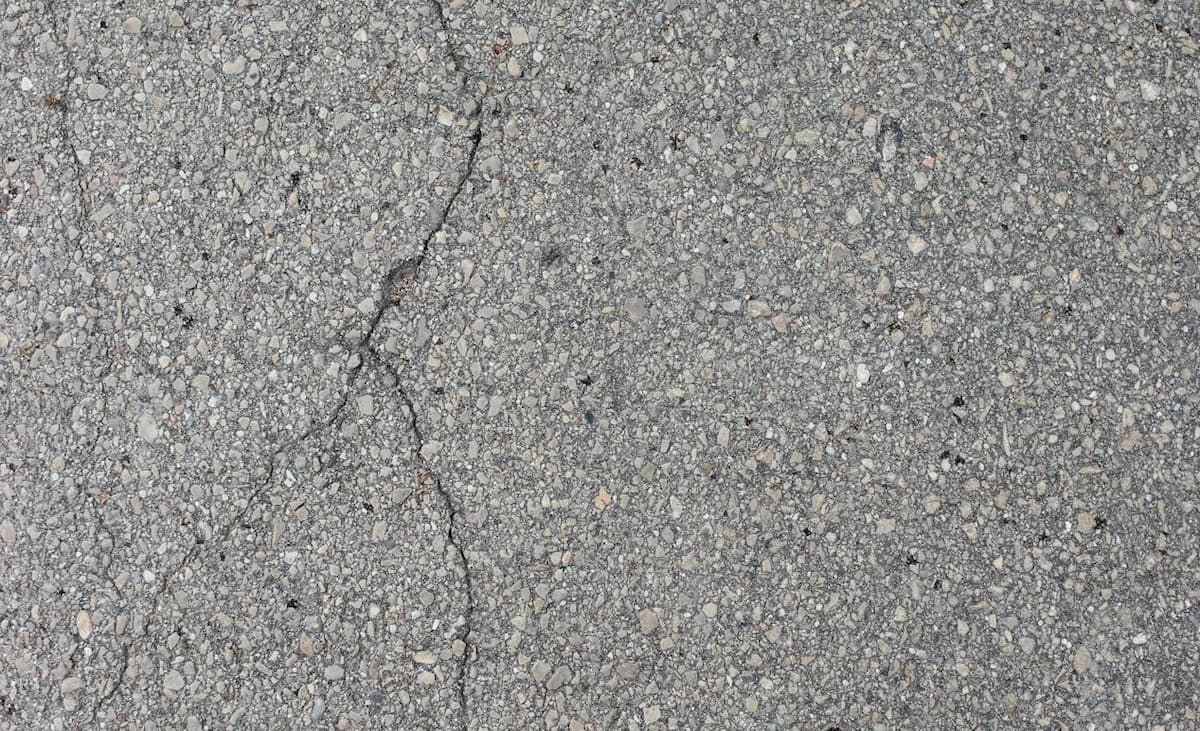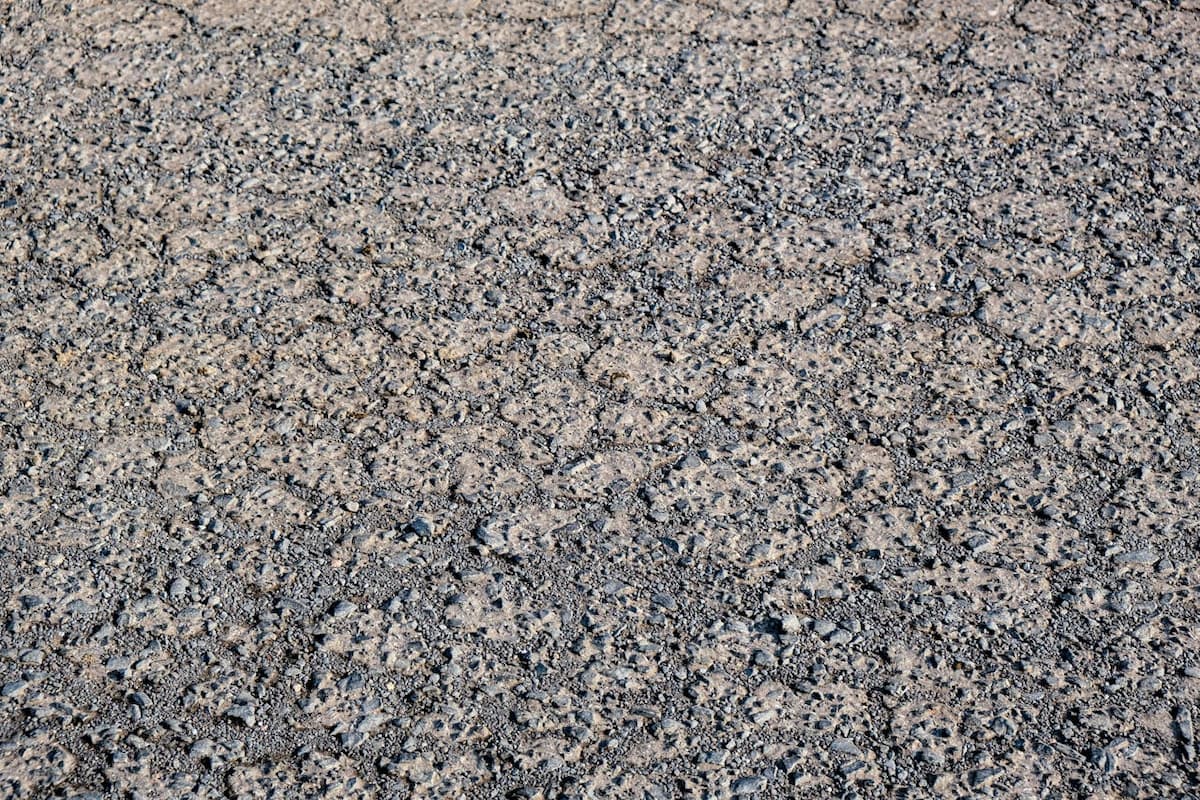7 Signs You Need Driveway Resurfacing or Replacement
March 01, 2025 Driveways 4 min read

Your driveway is one part of your property that endures daily wear and tear, all year round. Over time, it can begin to show signs of damage that may require attention. But how do you know whether your need driveway resurfacing or a complete driveway replacement? In this post, we’ll explore clear indicators so you can decide what’s best for your driveway.

Potential Drainage Issues
1. Pooling Water – Indicates Drainage Issues
If you’re noticing puddles after rain, it’s a strong sign your driveway might need work. Standing water often signals poor drainage, caused by dips or depressions in the surface. This leaves the structure vulnerable to further damage, especially during freezing conditions when water expands and worsens cracks or holes.
Addressing these drainage issues through driveway resurfacing can save you money by preventing further deterioration. If the water damage has reached the foundation, however, a full replacement might be required.

Small Cracks
2. Cracks – Small Problems That Can Grow Big
Cracks are often the first sign of trouble. Whether it’s thin fissures or larger gaps, they expose your driveway to further damage caused by water, dirt, and temperature changes. If cracks form a web-like pattern – commonly called “alligator cracking” – this indicates significant structural damage that may require more than resurfacing.
Prompt action can prevent these cracks from expanding. Resurfacing is typically sufficient when cracks are minor. For severe damage, consider getting an expert opinion to decide whether replacement is necessary.
3. Potholes – The Next Step After Cracks
If you ignore cracks, they can turn into potholes. These aren’t just an eyesore; they’re also a hazard for vehicles and people. Potholes can damage your car’s suspension or tyres and may cause accidents.
When potholes appear, resurfacing might not be enough. Depending on their depth and number, you may need to replace the driveway, especially if the foundation is compromised.
4. Crumbling Edges Are a Red Flag
Over time, edges can begin to crumble, particularly in driveways without proper support. This often happens due to erosion and vehicle pressure, leaving the surface prone to further cracking and breaking.
If the damage is limited to the edges, resurfacing may do the trick. But widespread crumbling could mean the foundation is weakening, making replacement a more viable option.

Raveling
5. Raveling – Surface Begins to Deteriorate
Raveling occurs when the binder in asphalt or the surface of concrete begins to break down. You’ll notice loose aggregate or pieces of material coming off. This reduces the structural integrity of your driveway and affects its overall appearance.
Smaller areas of raveling can often be fixed with resurfacing. However, if the deterioration is widespread, replacing the driveway ensures a long-term solution.
6. Uneven Surfaces and Settling
An uneven driveway is more than just a cosmetic issue; it can indicate deeper problems, such as settling or foundation instability. These issues usually result from the ground shifting over time or poor initial installation. Uneven surfaces can lead to accidents and pool water, causing further damage.
If the settling is minor, resurfacing might level things out. But in cases where the structural base is unstable, replacement is the safer option.
7. Age of the Driveway
Age is often one of the simplest indicators of when your driveway needs attention. Most driveways last between 15 and 20 years, depending on the material and maintenance. If your driveway is approaching or exceeding this limit, it’s time to consider resurfacing or replacing it.
Older driveways are likely to have multiple issues like cracks, fading, or drainage problems. Resurfacing can give it a fresh look if the foundation is still intact. For older surfaces showing advanced wear, replacement could be more cost-effective over time.
When to Choose Resurfacing vs Replacement
It all comes down to the extent of the damage. Resurfacing is a quicker, less expensive option for minor surface-level issues. It restores your driveway’s appearance and improves functionality without the hefty cost of a full replacement.
On the other hand, if your driveway has extensive cracks, multiple potholes, or foundation issues, replacement might be unavoidable. This ensures a durable, long-lasting solution instead of repetitive repairs.
Final Thoughts
Ignoring driveway damage may not seem like a big deal, but small problems can escalate quickly. Keeping an eye out for these signs can save you from bigger, costlier headaches in the future. Whether it’s resurfacing to refresh the surface or replacing for a complete overhaul, addressing driveway issues promptly will protect your investment and keep it looking great for years to come.
If you’ve noticed any of these signs, don’t wait until the problem worsens. Contact a trusted professional to evaluate your driveway and recommend the best course of action.
Get a free quote
Call us on 020 3808 8086 or fill in the short form below.
"*" indicates required fields